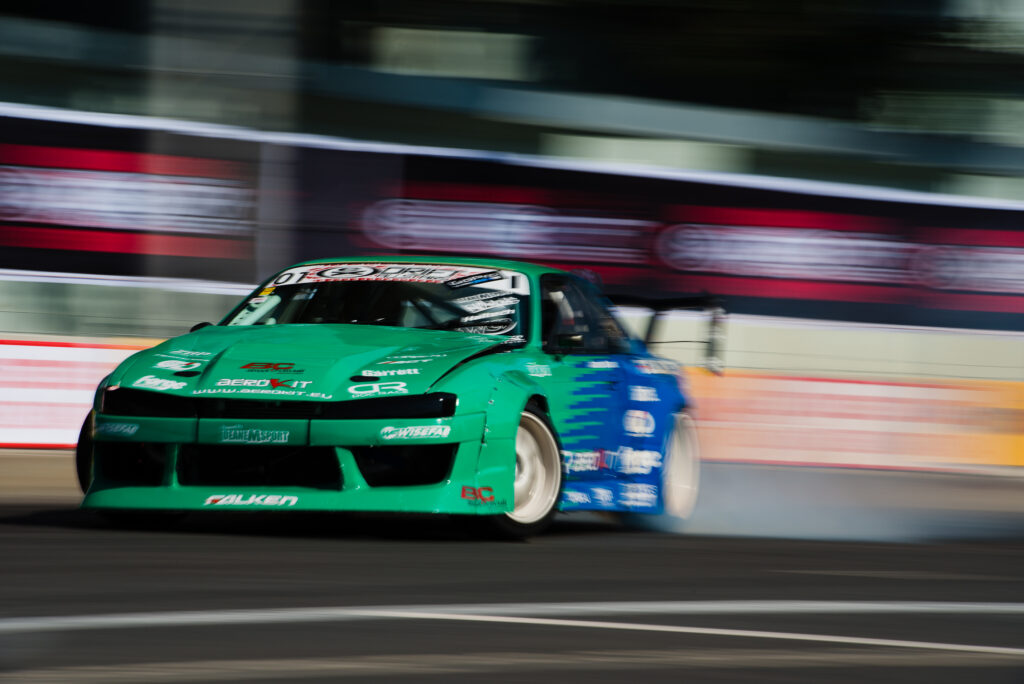Don’t know your oversteer from your understeer? Here’s everything you need to know.
When we’re learning to drive we get all the basics down to a fine art – three-point turns, parallel parking and changing gear are easy concepts to pick up.
However, driving is a very complex act and there are countless terms that most drivers will never have the need to know. Despite this, some terms might crop up and leave you wondering what they mean, so we’ve brought together a list of some of the more common advanced driving terms with a brief explanation…
Rear-wheel-drive/front-wheel-drive/all-wheel-drive
These terms relate to which wheels the vehicle’s engine sends power to. Most mainstream cars are front-wheel-drive, which means the two front wheels get the power. This has advantages for packaging, giving more space in the cabin, but means the front tyres must put down power as well as steer – not usually an issue in less powerful cars.
Rear-wheel-drive cars send the engine’s power to the rear wheels, which is more optimal for performance cars. Meanwhile, all-wheel-drive distributes power to all four wheels, which is usually most appropriate for off-road vehicles.

Oversteer
This is a term that’s common to motorsport and performance driving. When steering, you want the front of the car and the rear of the car to turn equal amounts. However, oversteer is when the rear rotates too much, which can cause a spin.
This can be caused by braking too hard while turning, as the vehicle’s weight shifts forward so the rear wheels lose grip, or by accelerating too hard in a rear-wheel-drive car while applying steering lock.
In performance driving, controlled oversteer can be used to rotate a car more quickly in a turn. Meanwhile ‘drifting’ is the act of inducing oversteer deliberately, then holding the car in a controlled slide.
Understeer
Understeer is essentially the opposite problem to oversteer. This relates to the front wheels ‘washing out’ and not turning the car as intended.
This happens when the amount of grip required to turn the car is higher than what is available. It is usually caused by drivers turning into a turn too quickly, which overloads the tyres, making them lose grip. Meanwhile, accelerating too hard in a front-wheel-drive car can also cause understeer if the power overloads the amount of grip available.

Hypermiling
Fuel is expensive these days, so motorists concerned about saving fuel costs and reducing their impact on the environment have come up with some advanced driving techniques to use as little fuel as possible on a journey – known as hypermiling.
This starts before you even turn the engine on, by making sure the car is regularly serviced, making sure that the tyres are properly inflated to reduce rolling resistance, and remove any unnecessary items from the car to reduce weight. You should also drive as slowly as it is safe to do so – for example, going around 56mph on motorways to match the speed of lorries – and use the correct gear at all times. And because accelerating uses the most fuel, it’s important to look far ahead to see anything that might slow you down so you can plan ahead and ease off the throttle before slowly getting back up to speed.
Defensive driving
Advanced driving schools teach defensive driving as the most effective way of being safe on the roads. It essentially means that drivers should always be alert and expect the unexpected.
Defensive driving requires drivers to look far ahead to anticipate the actions of others, maintain a safe speed, and generally be prepared for any eventuality.
Aerodynamics
This relates to the way air flows over a car, and can have a major effect on everything from cornering ability to how much fuel is used. It’s most commonly referred to on performance cars, because the bodywork can be adapted so that it forces the car into the road, improving grip. However, this increases drag, which can affect fuel economy and top speed.
That’s why it’s becoming a more common subject in economy cars, because they’re attempting the opposite of performance cars – the ‘slipperier’ a car is, the less drag it creates as it drives through the air, which uses less fuel.
You’ll see this ‘drag coefficient’ written as a number, followed by Cd – for example, the Porsche Taycan Turbo S is 0.25Cd, with the lower the number meaning the less drag is created.

Heel and toe
Although this skill is becoming less common in modern cars as automatic transmissions have become more popular, it’s a great skill for those driving manual transmissions.
When slowing and changing down a gear, it’s best to match the engine revs between gears to extend the life of the transmission. At normal speeds this isn’t so important, but in performance driving, aggressively downshifting can cause increased wear and lead to failures.
Heel and toe is a technique that ‘blips’ the revs so they’re better matched to the next gear, as well as keeping the engine in its optimal performance band. This is achieved by using the toes on your right foot to brake, pressing the clutch with your left foot, then as you go to neutral, use the heel of your right foot to blip the throttle to build the engine revs, then enter the next gear.
It’s a complicated process to explain, but once practiced, experienced drivers can perform this move in less than a second.










